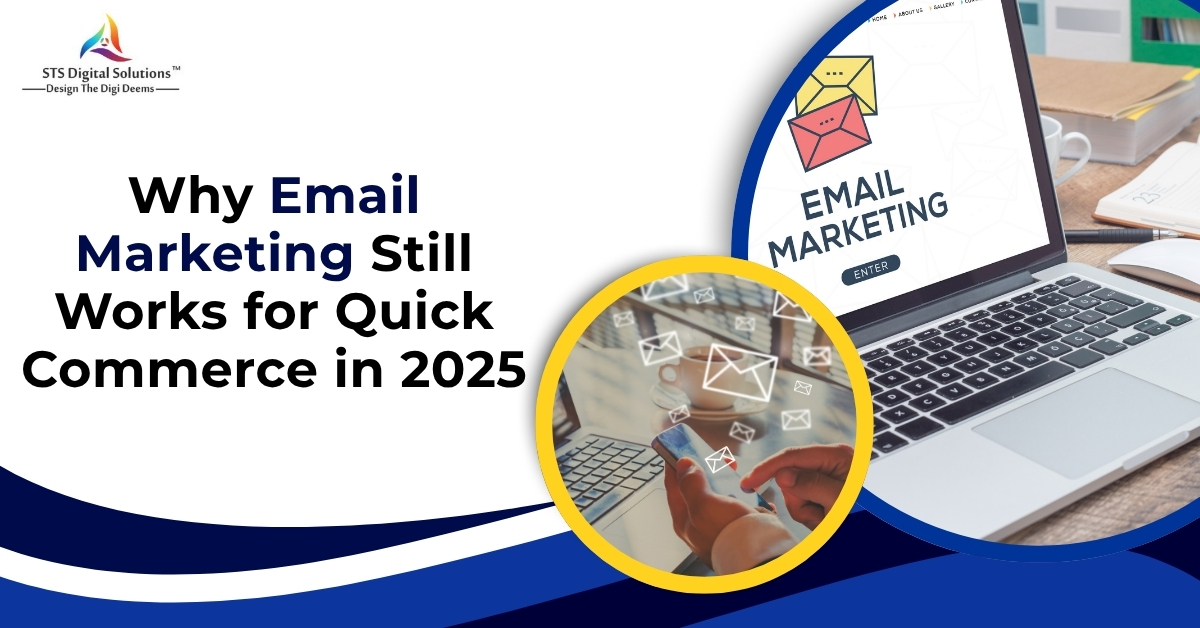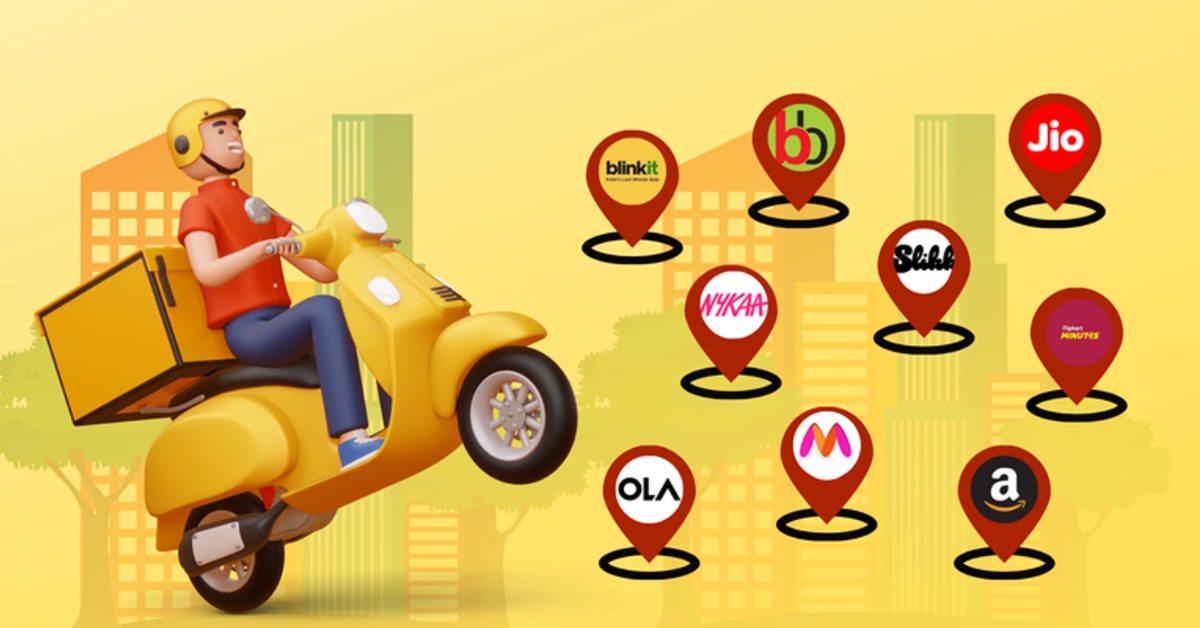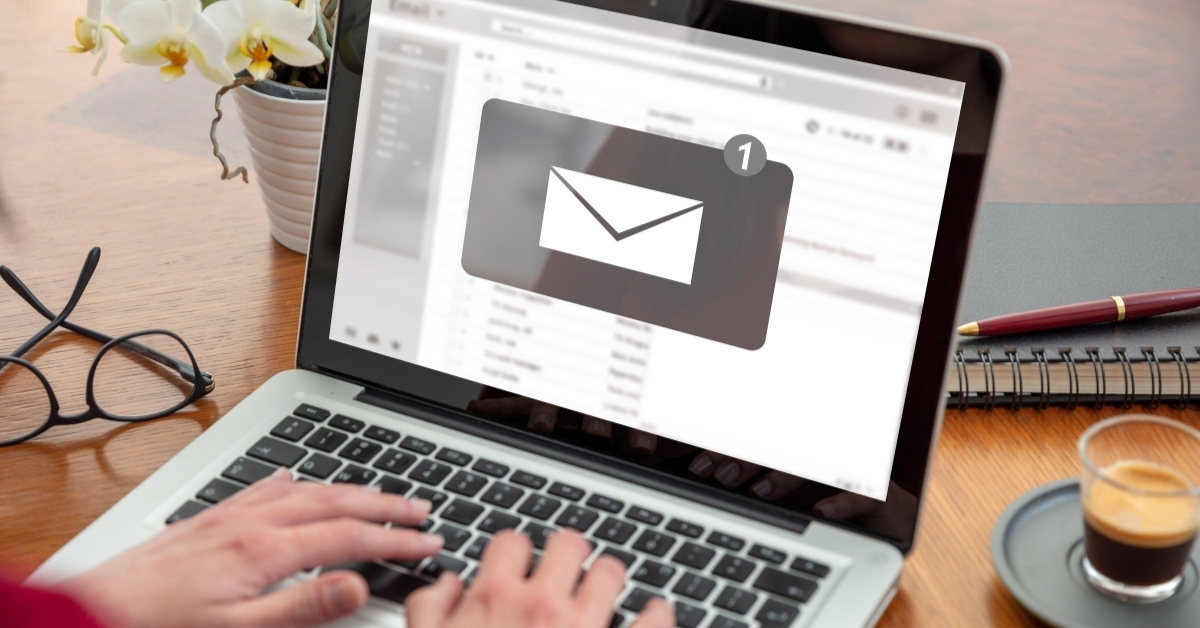Why Email Marketing Still Works for Quick Commerce in 2025

Quick Commerce, also known as Q-commerce, has transformed the way consumers shop by offering ultra-fast deliveries within minutes or hours. Platforms like Blinkit, Zepto, and Swiggy Instamart have changed customer expectations, where speed and convenience are top priorities. In this fast-paced environment, one might assume email marketing has lost its relevance compared to push notifications or in-app messages. However, the reality in 2025 is that email marketing continues to be one of the most effective tools for quick commerce brands to engage, convert, and retain customers. Unlike fleeting messages, emails provide a personalized, long-lasting channel that builds customer loyalty and drives consistent sales.
Why Email Marketing Remains Effective for Quick Commerce
Despite the growth of instant messaging and AI-driven push campaigns, email marketing remains a reliable channel because it blends personalization, automation, and direct customer engagement. Emails give brands the chance to communicate offers, product launches, and loyalty benefits in a way that is both informative and non-intrusive. Customers may ignore a push notification, but a well-crafted email with the right subject line and value proposition often gets attention. Moreover, email marketing integrates seamlessly with AI tools in 2025, making personalization and predictive targeting stronger than ever.
Personalization Through AI and Data Insights
Personalization has always been at the core of successful email campaigns, and in 2025, AI has taken it to a new level. Quick commerce brands collect massive amounts of customer data — from shopping frequency and location to preferred product categories. AI-powered email tools now analyze this data to create highly personalized recommendations. For instance, if a customer frequently orders snacks on Friday evenings, an email offering a weekend snack bundle with a limited-time discount can significantly increase conversions. Personalized subject lines, dynamic product suggestions, and customized delivery options make emails highly engaging and relevant.
Emails Build Customer Retention in a Competitive Market
Quick commerce platforms face intense competition with multiple players offering the same service. Retaining customers becomes as important as acquiring them. Email marketing is one of the best retention strategies because it nurtures long-term relationships. Loyalty programs, special birthday offers, and exclusive deals communicated via email make customers feel valued. Unlike push notifications that vanish quickly, emails sit in the inbox as a reminder, encouraging repeat purchases. This is particularly useful for building customer lifetime value in a market where switching between apps is easy.
Educating Customers Beyond Discounts
While offers and discounts attract customers, education builds trust and brand loyalty. Emails give quick commerce brands a platform to share more than promotions. For example, newsletters can highlight new product categories, share quick recipes using delivered groceries, or provide sustainability updates about eco-friendly packaging. Such educational content positions the brand as more than just a delivery service, creating a deeper connection with customers. Over time, this builds credibility and makes customers choose the brand over competitors who only focus on discounts.

Automated and Trigger-Based Campaigns
One of the reasons email marketing works so well for quick commerce in 2025 is automation. Automated workflows save time while ensuring consistent engagement. For instance, abandoned cart emails remind customers of items left behind, while reactivation emails target inactive users with special offers. Trigger-based campaigns can also be set up based on customer behavior. If a user orders baby products, the system can automatically send curated baby care deals. This type of automation ensures timely communication without overwhelming the customer.
Higher ROI Compared to Other Channels
Email marketing continues to provide one of the highest returns on investment (ROI) compared to other digital marketing channels. For quick commerce brands that operate on thin margins, this is critical. According to industry reports in 2025, every $1 spent on email marketing generates an average return of $36. Since emails are cost-effective, scalable, and measurable, they allow Q-commerce businesses to maximize revenue without overspending on advertising. With proper segmentation and targeting, even small email campaigns can deliver big results.
Seamless Integration with Other Marketing Channels
In quick commerce, no single channel works in isolation. Email marketing integrates seamlessly with push notifications, SMS, and social media campaigns. For instance, a new product launch can be announced on social media for awareness, followed by a targeted email campaign offering early access to loyal customers. This multi-channel approach ensures customers engage with the brand across different touchpoints, increasing conversion rates. Email serves as the backbone of this strategy by offering detailed information and direct calls to action.
Building Trust with Transparent Communication
Trust is one of the biggest challenges in quick commerce, especially with concerns around product quality, timely delivery, and refunds. Emails provide a professional channel to communicate transparently with customers. Transactional emails such as order confirmations, delivery updates, and feedback requests not only reassure customers but also reinforce the brand’s reliability. In 2025, customers expect fast service but also value clarity and transparency, both of which can be delivered effectively through emails.
Tips for Creating High-Converting Quick Commerce Emails
To make email marketing work effectively for quick commerce, brands need to follow best practices:
- Craft compelling subject lines: Clear, benefit-driven subject lines improve open rates.
- Use mobile-friendly designs: Most Q-commerce emails are opened on smartphones, so responsive design is essential.
- Segment your audience: Divide customers based on order frequency, location, and product preferences for more relevant campaigns.
- Incorporate visuals and CTAs:Eye-catching product images and strong calls to action improve click-through rates.
- Test and optimize:A/B testing for subject lines, offers, and designs helps improve performance over time.

Future of Email Marketing in Quick Commerce
The future of email marketing in quick commerce will rely heavily on AI and predictive analytics. In 2025 and beyond, brands will be able to predict customer needs before they even search for products. Hyper-personalized recommendations, real-time inventory updates, and integration with voice assistants will make emails even more powerful. Far from becoming outdated, email will continue to evolve and remain a central part of customer engagement strategies for Q-commerce businesses.
Conclusion
Email marketing is far from dead — in fact, it is stronger than ever for quick commerce in 2025. It remains a vital tool for personalization, customer retention, education, and transparency. Automation and AI-driven insights make emails more relevant and impactful, while their cost-effectiveness ensures high ROI. For Q-commerce platforms competing in a crowded market, email marketing provides a long-term edge by nurturing customer relationships and driving repeat purchases. At STS Digital Solutions, we help quick commerce brands design and execute email marketing strategies that maximize engagement and conversions, ensuring they stay ahead in this fast-paced industry.


